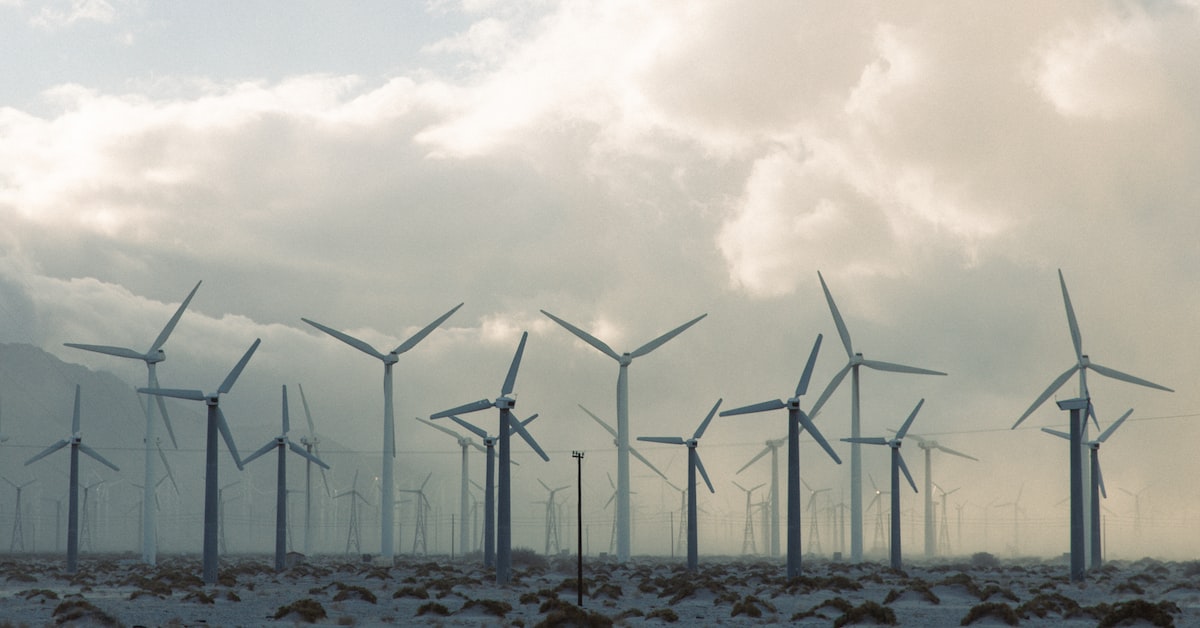Investing in Low-Carbon ETFs: Aligning Portfolios with Climate Consciousness
In a world increasingly focused on sustainability and environmental responsibility, investors are seeking ways to align their portfolios with climate consciousness. One powerful tool in achieving this goal is investing in Low-Carbon Exchange-Traded Funds (ETFs). These innovative financial instruments offer investors the opportunity to make a positive impact on the environment while also reaping financial benefits.
Low-Carbon ETFs
Low-Carbon ETFs, as the name suggests, are investment vehicles designed to minimize the carbon footprint of a portfolio. They aim to include companies that are actively reducing their carbon emissions and adopting sustainable practices. By investing in such ETFs, you can contribute to the fight against climate change while diversifying your investment portfolio.
The Impact of Climate Change on Investments
Before delving into the details of Low-Carbon ETFs, it’s crucial to understand the profound impact of climate change on the world of investments. Rising temperatures, extreme weather events, and regulatory changes are posing risks to companies that do not adapt to sustainable practices. This, in turn, can affect the value of traditional investment assets.
Understanding Low-Carbon ETFs
Low-Carbon ETFs primarily consist of companies that have low carbon emissions and demonstrate a commitment to environmental responsibility. These funds often include renewable energy companies, clean technology firms, and businesses with strong ESG (Environmental, Social, and Governance) scores. Their portfolios are carefully curated to support the transition to a low-carbon economy.
Benefits of Investing in Low-Carbon ETFs
- Environmental Impact: By investing in Low-Carbon ETFs, you actively support companies striving to reduce their carbon emissions and environmental impact.
- Financial Returns: These ETFs have shown competitive financial performance, making them a wise investment choice.
- Diversification: Low-Carbon ETFs provide diversification within the growing renewable energy and sustainability sectors.
- Long-Term Stability: Companies with sustainable practices tend to be more resilient in the face of climate-related risks.
How to Get Started with Low-Carbon ETFs
Getting started with Low-Carbon ETFs is straightforward. You can invest in these funds through online brokerage accounts, just like traditional ETFs. It’s essential to research and choose ETFs that align with your investment goals and values.
Evaluating Low-Carbon ETFs
When evaluating Low-Carbon ETFs, consider factors such as the fund’s track record, expense ratio, and the specific companies it holds. Be sure to assess the fund’s strategy to ensure it aligns with your investment objectives.
Top Low-Carbon ETFs to Consider
Several notable Low-Carbon ETFs are available, each with its unique focus and strategy. Some popular options include iShares Global Clean Energy ETF (ICLN), Invesco WilderHill Clean Energy ETF (PBW), and SPDR S&P Kensho Clean Power ETF (CNRG).
Risks Associated with Low-Carbon ETFs
While Low-Carbon ETFs offer substantial benefits, it’s essential to be aware of potential risks. Market volatility, regulatory changes, and shifts in public perception can affect the performance of these funds.
Strategies for a Greener Portfolio
Investors can further align their portfolios with climate consciousness by diversifying into other environmentally responsible investments, such as green bonds, sustainable mutual funds, and individual stocks of eco-friendly companies.
The Importance of Due Diligence
Conducting thorough research and due diligence is paramount when investing in Low-Carbon ETFs. Ensure that your chosen funds are in line with your values and investment goals.
Case Studies of Successful Low-Carbon Investments
To illustrate the potential of Low-Carbon ETFs, we can look at real-world success stories of investors who have aligned their portfolios with climate-conscious investments and reaped financial rewards.
Tax Benefits of Low-Carbon Investments
Many governments offer tax incentives and benefits to individuals and businesses engaged in sustainable investments. Explore these opportunities to maximize your returns.
The Future of Low-Carbon ETFs
As the world continues to prioritize sustainability, Low-Carbon ETFs are expected to play an increasingly significant role in investment portfolios. The future promises more innovative and diversified options.
Investing in Low-Carbon ETFs is a practical way to contribute to the fight against climate change while potentially securing strong financial returns. By aligning your portfolio with climate consciousness, you not only invest in a sustainable future but also open up opportunities for a more secure financial future.




